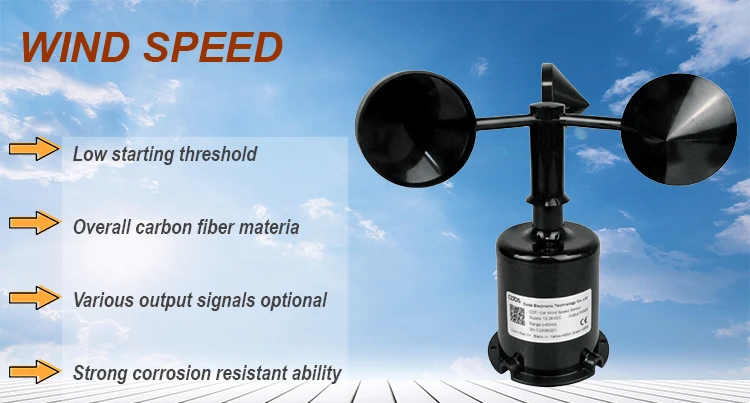
# Wind Direction Measuring Instrument
## Understanding Wind Direction Measurement
Wind direction is a crucial meteorological parameter that helps us understand weather patterns, predict storms, and optimize various industrial processes. Measuring wind direction accurately requires specialized instruments designed specifically for this purpose.
## Types of Wind Direction Measuring Instruments
### 1. Wind Vanes
The most traditional instrument for measuring wind direction is the wind vane. This simple yet effective device consists of an arrow or pointer that rotates freely on a vertical axis. The arrow always points into the wind, indicating the direction from which the wind is blowing.
### 2. Anemometers with Direction Sensors
Modern anemometers often combine wind speed and direction measurement capabilities. These instruments typically use electronic sensors to detect wind direction with high precision.
### 3. Sonic Anemometers
These advanced instruments use ultrasonic sound waves to measure both wind speed and direction. They have no moving parts, making them more durable and requiring less maintenance than mechanical devices.
## How Wind Direction Instruments Work
Wind direction measuring instruments operate on different principles:
– Mechanical vanes rely on physical movement caused by wind pressure
– Electronic sensors detect changes in resistance or capacitance
– Sonic devices measure the time it takes for sound to travel between transducers
The direction is typically reported in degrees from true north (0° or 360°), with east at 90°, south at 180°, and west at 270°.
## Applications of Wind Direction Measurement
Wind direction data is essential for:
– Weather forecasting and climate studies
– Aviation operations
– Wind energy production
– Agricultural planning
– Pollution monitoring and control
– Marine navigation
## Choosing the Right Instrument
When selecting a wind direction measuring instrument, consider:
– Accuracy requirements
– Environmental conditions
– Maintenance needs
– Data recording capabilities
– Power requirements
– Budget constraints
Modern instruments often include digital outputs and can be integrated with data logging systems for continuous monitoring and analysis.
## Maintenance and Calibration
Regular maintenance ensures accurate measurements:
– Keep moving parts clean and lubricated
– Check for physical damage
– Verify alignment with true north
– Calibrate electronic sensors periodically
– Protect from extreme weather when possible
Proper installation is also crucial – instruments should be mounted at standard heights (typically 10 meters above ground) and away from obstructions that could affect wind flow.
Keyword: instrument measure wind direction